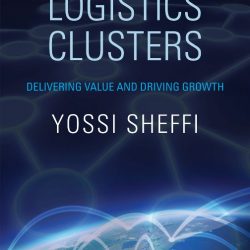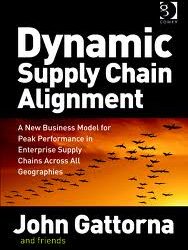Logistics Clusters: Synergy in logistics

Yossi Sheffi, professor at the Massachusetts Institute of Technology (MIT) in Boston, opens his book Logistics Clusters with detailed descriptions of the fashion chain Zara and the Spanish fish supplier Caladero. Sheffi’s reason for highlighting these two companies is that they jointly purchase airfreight capacity between South Africa and Zaragoza. In this city, situated exactly halfway between Madrid and Barcelona, a complete and multifunctional logistics park has risen from virtually nothing since 2002.
In this very well documented book, Sheffi goes all the way back in time to the Dutch East India Company (VOC). In addition to the port of Rotterdam and the investment in constructing Maasvlakte 2, he also describes the evolution and strategies of Singapore and Panama. These ports see congestion as proof of the high value of their particular location as well as a challenge to expand and innovate.
Educational infrastructure
Apart from physical clusters of logistics, he also mentions the importance of having an educational infrastructure that supports logistics learning. In Zaragoza, students can follow degree-level courses on the logistics park campus. Meanwhile in Breda, The Netherlands, Dinalog has been set up – although not yet with its own campus as such – in order to create a cluster of logistics and supply chain research.
While much of this book covers regional (government) initiatives for developing logistics clusters, Sheffi also refers to several case studies illustrating collaboration between individual companies.
‘Logistics Clusters. Delivering Value and Driving Growth’ (2012), by Yossi Sheffi. Published by MIT Press, 356 pages, € 26.99









